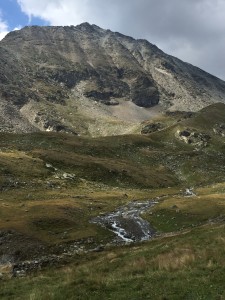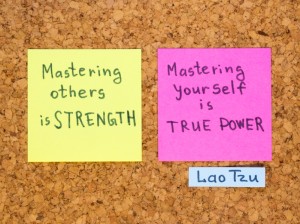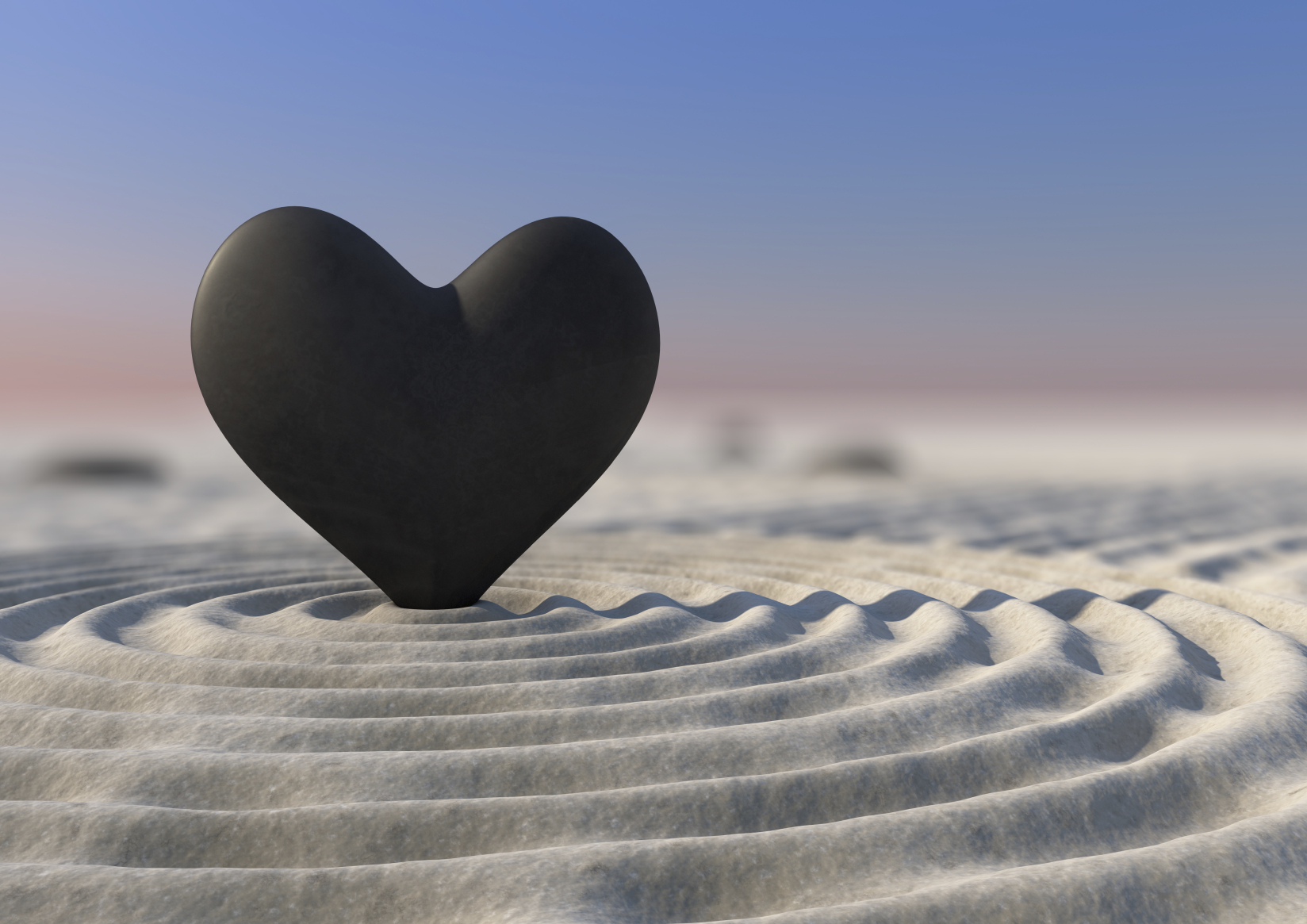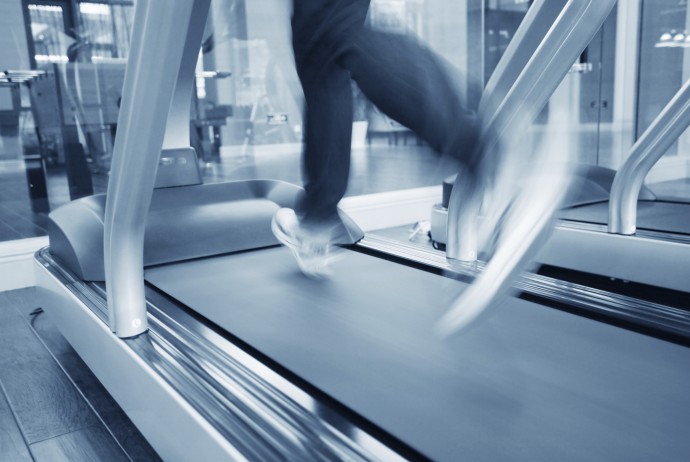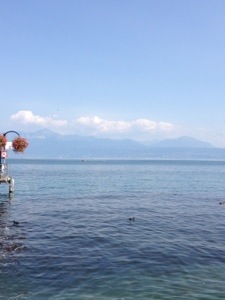One of the best ways I find for recovering my inner strength and recharging my batteries is being in the mountains. Living in Switzerland, I feel very lucky as I can quickly escape and in a couple of hours be in places of extreme beauty.
Last year, I published a nice post about mountains and especially the so-called “mountain-meditation” from Kabat-Zinn. Today, I found another guiding text that I want to share here with you now. It also comes from Kabat-Zinn and is adapted from “Mindfulness Meditation in Everyday Life“. Enjoy!
The mountain meditation
When it comes to meditation, mountains have a lot to teach us. The image of a the mountain held in the mind’s eye and in the body, can refresh our memory of why we are sitting, and of what it really means to dwell in the realm of non-doing.
Picture the most beautiful mountain you know – or can imagine. Notice its overall shape, the lofty peak, the base rooted in the rock of the earth’s crust, the sloping sides. Note how massive it is, how unmoving, how beautiful.
See if you can bring the mountain into your own body – your head becomes the lofty peak; your shoulders and arms the sides of the mountain; your buttocks and legs the solid base rooted to your cushion on the floor or to your chair.
Notice any emotions you are feeling and your mood as though they are the weather around the mountain. Is your weather right now sunny and calm or stormy with lashing rain, is it icy or warm? Allow your personal weather to be the way it is, noticing if it intensifies, changes or stays the same through the meditation.
Fully become the breathing mountain, unwavering in your stillness, completely what you are – beyond words and thought, a centred, rooted, unmoving presence.
As the light changes, as night follows day and day night, the mountain just sits, simply being itself. It remains still as the seasons flow into one another and as the weather changes moment by moment. Storms may come, but still the mountain sits.
Calmness abiding all change.




